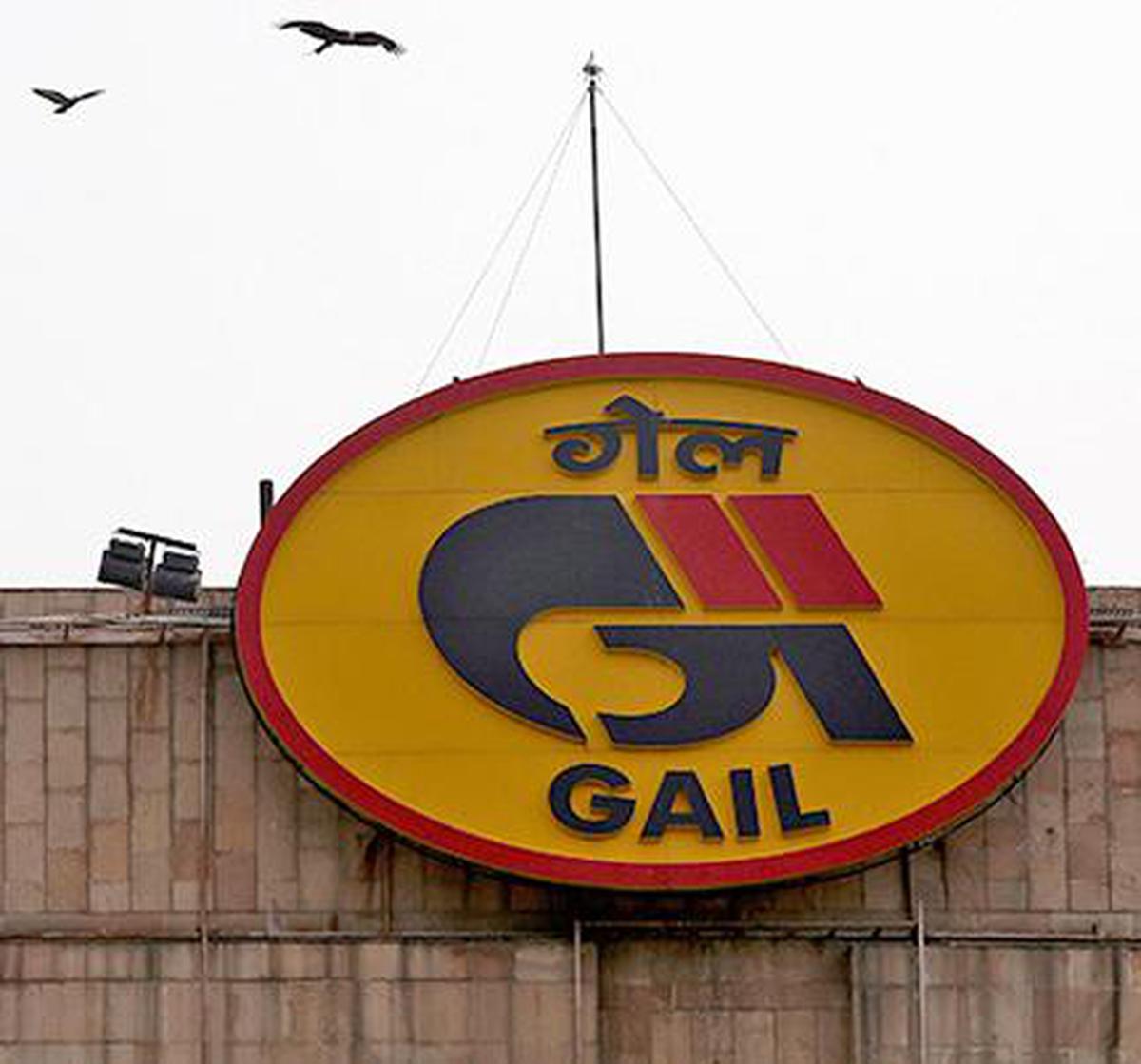The Gujarat-based industrialist, whose interests spread from ports and airports to power, media and telecom, has a net worth of $140 billion
The Gujarat-based industrialist, whose interests spread from ports and airports to power, media and telecom, has a net worth of $140 billion
Industrialist Gautam Adani, who founded the ports-to-green energy Adani Group, last week broke into the top three in the Bloomberg Billionaires Index, trailing only Tesla founder Elon Musk and Amazon boss Jeff Bezos. Mr. Adani, whose net worth is pegged at just over $140 billion as on September 3 according to the index, surpassed luxury brand LVMH owner Bernard Arnault to occupy the third slot, the first Asian to do so.
Mr. Adani’s first brush with business was when he dropped out of college and left his native Gujarat — where his father ran a textiles unit — to try his hand in diamond trading in Mumbai. In 1981, still barely out of his teens, he returned home to chip in at his brother’s venture that made plastic films. The scent of an import opportunity struck in 1988 when he saw domestic demand for polyvinyl chloride (PVC) far surpassing local supply. As business volumes spiked, a foray into exports was the next obvious step.
The inflection point in the career of the now 60-year-old Mr. Adani came, ironically, not when he partnered a global firm, but when one such partner exited their joint venture. Cargill and the Adani Group had agreed to set up a salt farm in Mundra, Gujarat, and had even acquired permission to build a jetty to ship the output. But Cargill walked out of the venture — with ostensible reasons for the U.S. farm produce and food giant’s departure ranging from a disagreement between the partners over shareholding to protests by activists against the salt farms. This was around 1991-92, just after India’s economic liberalisation had been set in motion.
The abortive salt farm venture, however, left the Adani Group with about 3,000 acres of land that would prove the springboard for its next stage of growth.
At a time when Mr. Adani was said to have been looking to move beyond trading and eyeing an entry into an assets-based business, and in what would eventually prove to be a serendipitous turn of events, Gujarat announced a pioneering port policy in 1995 that threw open the doors to private investment in the sector. With the group’s own trading business frequently impacted by delays in cargo clearance at other ports in the country, Mr. Adani decided this was the opportune moment to set up a port and thus was born the Mundra port venture. Today, the Mundra Port is India’s largest private port, offering shippers the ability to load and unload bulk or containerised cargo.
For someone who avers destiny saved him, both from a kidnapping-for-ransom in the early 1990s and from the November 2008 terrorist attack in Mumbai when he happened to be at the Taj Mahal Palace hotel, Mr. Adani has bet the future of his business not just on providence, but as observers point out, on sniffing out opportunities allied to existing business or those offering benefits of vertical integration.
For instance, the SEZ policy of 2000 allowed for the setting up of such a zone in land adjoining the Mundra Port. Both these businesses were later combined under the Adani Ports and SEZ Ltd. umbrella. Observers say this company is still the cash cow that allows the group to foray into newer kinds of businesses.
Power generation
Mr. Adani’s keenness on power generation was triggered by the demand for uninterrupted power supply by companies that set up shop in the APSEZ. An example of vertical integration was its entry into power transmission — which was an obvious next step — and coal mining, as supply of the dry fuel was key to the success of the power generation business.
Apart from detractors’ claims that Mr. Adani’s meteoric rise is a reflection of his proximity to the politicians in power, his forays into completely new areas have likely been more strategic, than audacious, observers contend. His decision to acquire ACC and Ambuja Cement from the Swiss building materials company Holcim for $10.5 billion, to become India’s second-largest cement maker, was a case in point. The Adani Group builds highways and implements other infrastructure projects, for which cement is a key raw material. The power generation business produces fly ash as a byproduct, which is an input material in cement-making.
Mr. Adani’s entry into the airports sector was similarly strategic, claims Malay Mahadevia, who leads the airports arm of the business and is said to be a long-time friend of the group chairman. Mr. Mahadevia is quoted as having said that for a group with presence in the infrastructure chain — across roads, ports and warehouses — the airport business had been a missing link. Now, the Adani Group operates six airports in the country, in addition to the Mumbai airport.
The founder’s penchant for large scale has helped the group achieve goals that seemed outlandish to begin with. In 2021, Mr. Adani committed to investing $70 billion to become the world’s largest renewable energy company. A year earlier, Adani Green Energy, a relatively new entrant in the renewables space, won the world’s largest solar award from Solar Energy Corporation of India, to set up 8 GW solar capacity over 60 months entailing an investment of ₹45,000 crore (or about $6 billion at the time).
However, the forays into various sectors have not been without controversy. The protests against the group’s acquisition of the Carmichael mines in Australia saw local outrage. Having bought the mine in outback Queensland in 2010, the group had to wait till 2019 before all state clearances were in place. While the protests had made loans difficult for the group at the originally planned scale, the patient wait nevertheless hints at Mr. Adani’s conviction that coal was the way to go for power generation.
In its annual report for the year ended March 2009, Adani Enterprises Ltd. had this to say: “Notwithstanding various policy initiatives within India to diversify fuel mix, with the limited reserve potentiality of petroleum and natural gas, eco-conservation, restrictions on hydroelectric power projects, and the geopolitical perception of nuclear power, we believe that it is likely that coal will continue to be the primary generator of energy in India.” As of July 2022, thermal power generation capacity accounted for 58% of the total capacity in the country, and earlier this calendar year, the country faced a power output crunch due to a coal shortage, necessitating coal imports.
The protests witnessed around the Carmichael mines were not the first that Mr. Adani has faced. Even during the development of the port at Mundra and after the setting up of a thermal power plant in the area, reports of ecological damage — ranging from impact on fishing to warming of sea waters in the vicinity to pollution of local water bodies — drew the ire of environmentalists and local residents.
More recently, a Nordic pension fund exited investments in the group following Adani’s past business transactions with a company linked to the Myanmar military. And S&P removed APSEZ Ltd. from its Dow Jones Sustainability Indices following scrutiny.
Still, not all that Mr. Adani touched has turned to gold. The Information Technology services business and the retail sector had briefly caught his eye. But plans had to be quickly shelved when the management time required was found to be far more than seen in the group’s other businesses.
New forays
More recently, telecommunications and the media industry have caught Mr. Adani’s fancy. Recently, he successfully bid for telecom spectrum meant to provide 5G services to enterprises including for data centres and is now engaged in a hostile takeover bid of the Prannoy Roy and Radhika Roy-founded news production company New Delhi Television Ltd (NDTV).
Last month, a unit of the Fitch Group, CreditSights, had observed that the group’s pursuit of an aggressive expansion plan had “pressurised its credit metrics and cash flows”. It pointed out that the group was increasingly venturing into new and/or unrelated businesses, which were “highly capital intensive and raises concerns regarding spreading execution oversight too thin.” The agency said it saw little evidence of promoter equity capital injections into group companies, which it asserted was “needed to reduce leverage in their stretched balance sheets”.
The credit rating firm added that in the worst-case scenario, overly ambitious “debt-funded growth plans could eventually spiral into a massive debt trap, and possibly culminate in a distressed situation or default” by one or more group firms.






